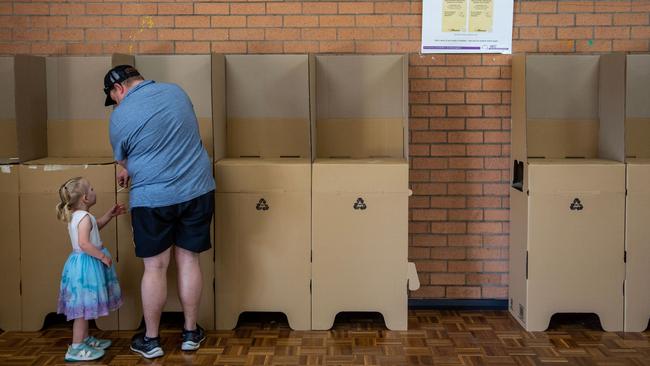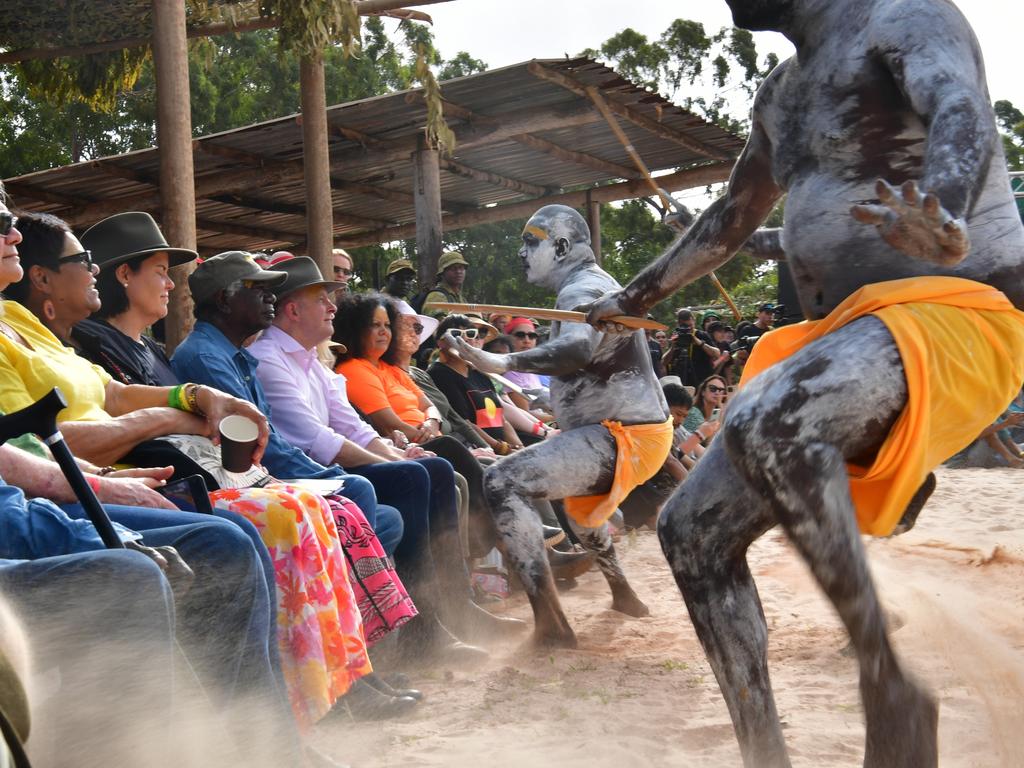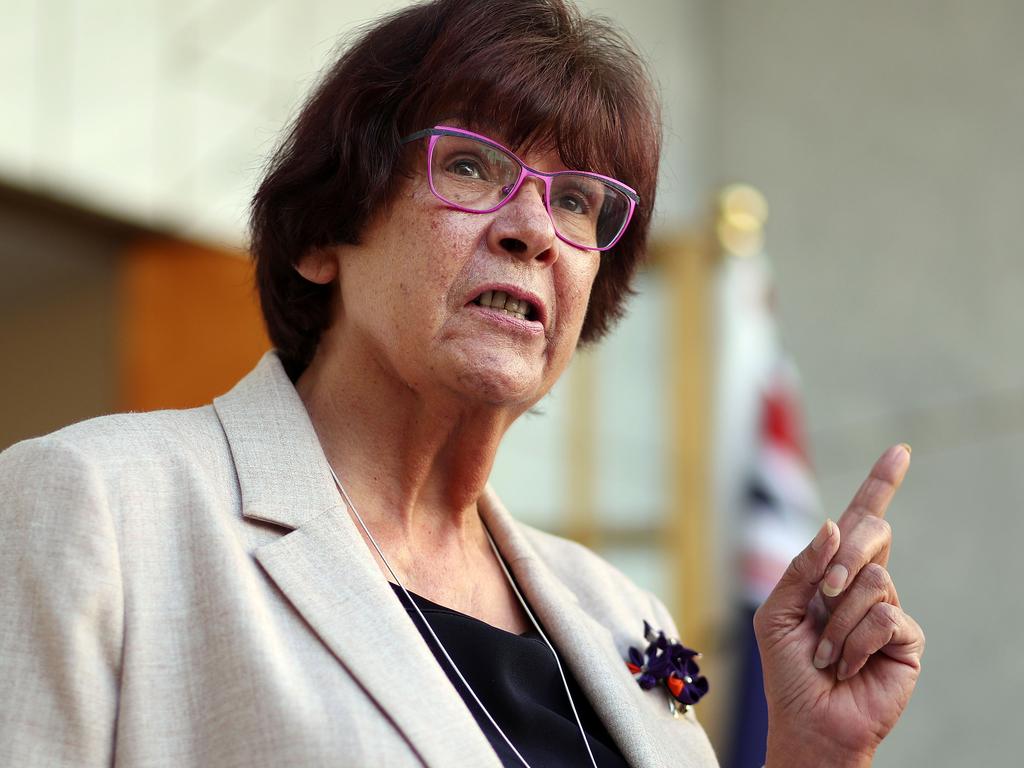
While individual electorate results in a referendum don’t have the same impact on representation as they do during an election, they do help build a picture of our nation.
Electorates that had majority support (or near majority in the case of Adelaide) were clustered in Canberra and in the inner city of our six state capitals. Majority support was also evident in two large provincial cities: Newcastle and Wollongong.
The inner cities of Sydney and Melbourne have been evolving a unique demographic profile for the past 50 years. I think it started with the gentrification of places like Carlton and Newtown in the late 1960s. At that time, the inner-city’s battlers – who had been there since workers had to live within walking distance of factories – were being flung outwards by a powerful centrifugal force to newly built social housing on the city’s edges.
By the early years of the new century, the inner city was dominated by the educated, by young urban professionals, by knowledge workers. Manufacturing was in decline. Jobs in education, healthcare, professional services, public administration – all focused in the glittering inner city – were on the rise.
But then along came the pandemic, and the dynamics of how our cities operated changed. Working from home meant there was no advantage in living so close to the city centre.
The CBD and its co-located suburbs (and culture) emerged from the pandemic a little less glittering. The focus shifted quickly as the post-pandemic spending splurge eased, as interest rates surged, as energy costs skyrocketed. These weightings saddled middle Australia and the regions with everyday concerns that required everyday budgeting.
Prior to the 1990s, Australia operated largely (but not entirely) as an isolated fragment of Europe floating about in the South Pacific. The advent of globalisation and the rise of cheap air travel better connected our nation into the global economy. Workers, students and visitors streamed into gateway cities (mostly Sydney and Melbourne), creating jobs in the city generally and in the inner city specifically.
It is no surprise, therefore, that in the first post-pandemic “census-like measure”, the inner city should be seen to have distinguished itself from the balance of Australia. This is not to say the whole of Australia should think and act in unison. After all, diversity, inclusion and acceptance is part of our strength as a nation.
What I think is unique from a demographic perspective is the almost prescriptive response where majority dissenting electorates in each state most often include the CBD and surrounds. It suggests a nation that is divided and needs healing. I think it also suggests we need to work harder to ensure that we include the opinions and the thinking of Middle Australia going forward.








A referendum is a lot like a census. It records the thinking of the Australian people at a point in time on an electorate-by-electorate basis. The result that struck me about the recent referendum – viewing this solely through a demographic lens – was the sharpened division between the inner cities and the rest of Australia.